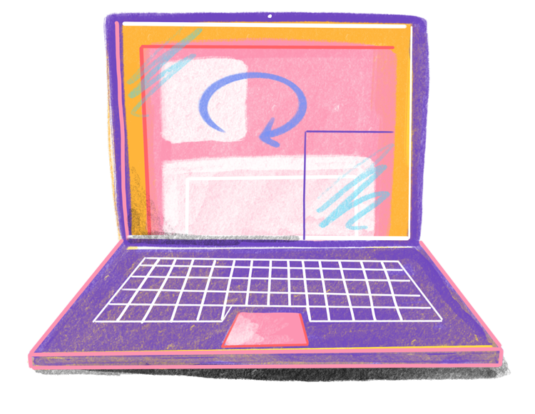Patients who read their clinical notes via online patient portals (‘open notes’) report that doing so engages them actively in their care, improves their sense of control over their health and enhances safety. In several surveys, patients who are older, less educated, non-white or whose first language is not English report even greater benefits than do their counterparts. However, for many reasons, persons from these demographic groups are less likely to use health portals than other patient populations.
Studies
Dermatopathologists’ Experience With and Perceptions of Patient Online Access to Pathologic Test Result Reports
In this survey study of 160 dermatopathologists, 57% reported that they have been contacted by patients about their pathologic test result reports.
Embracing the new age of transparency: mental health patients reading their psychotherapy notes online
Our pilot findings indicate that most patients who read open therapy notes find them valuable for understanding and engaging in their mental health care, with minimal adverse effects.
A patient and family reporting system for perceived ambulatory note mistakes: experience at 3 U.S. healthcare centers
Partnering with patients and families to obtain reports on inaccuracies in visit notes may contribute to safer care. Mechanisms to encourage greater use of patient and family reporting systems are needed.
An Opportunity to Engage Obstetrics and Gynecology Patients through Shared Visit Notes
Objective: To assess obstetrics and gynecology patients’ interest in reading their ambulatory visit notes, identification of documentation errors, and perceptions of sensitive language through a quality improvement (QI) initiative.
Methods: Beginning April 2016, as part of a QI project all obstetrics and gynecology patients (except family planning) were invited to read their ambulatory visit notes and provide feedback using a patient reporting tool codeveloped with patients. Two physicians with safety expertise reviewed all patient-reported errors over the first 16 months.
Patients Managing Medications and Reading Their Visit Notes: A Survey of OpenNotes Participants
We examined patients’ perceptions of how note reading affects factors related to medication adherence. In addition, we sought to understand their engagement with online medication lists and their willingness to participate in keeping those lists correct and up to date.
OpenNotes After 7 Years: Patient Experiences With Ongoing Access to Their Clinicians’ Outpatient Visit Notes
Following a 2010-2011 pilot intervention in which a limited sample of primary care doctors offered their patients secure Web-based portal access to their office visit notes, the participating sites expanded OpenNotes to nearly all clinicians in primary care, medical, and surgical specialty practices.
Impacts of a Web-Based Course on Mental Health Clinicians’ Attitudes and Communication Behaviors Related to Use of OpenNotes
The OpenNotes initiative encourages health care systems to provide patients online access to clinical notes. Some individuals have expressed concerns about use of OpenNotes in mental health care. This study evaluated changes in mental health clinicians’ attitudes and communications with patients after participation in a Web-based course designed to reduce potential for unintended consequences and enhance likelihood of positive outcomes of OpenNotes.
Qualitative and Quantitative Analysis of Patients’ Perceptions of the Patient Portal Experience with OpenNotes
This article analyzes patients’ perceptions about the patient portal experience with access to primary care and specialist’s notes and evaluates free-text comments as an improvement opportunity.
Impacts of a web-based educational program for veterans who read their mental health notes online
The OpenNotes initiative encourages health care systems to provide patients online access to clinical notes. Some individuals have expressed concerns about use of OpenNotes in mental health care. This study evaluated changes in mental health clinicians’ attitudes and communications with patients after participation in a Web-based course designed to reduce potential for unintended consequences and enhance likelihood of positive outcomes of OpenNotes.



